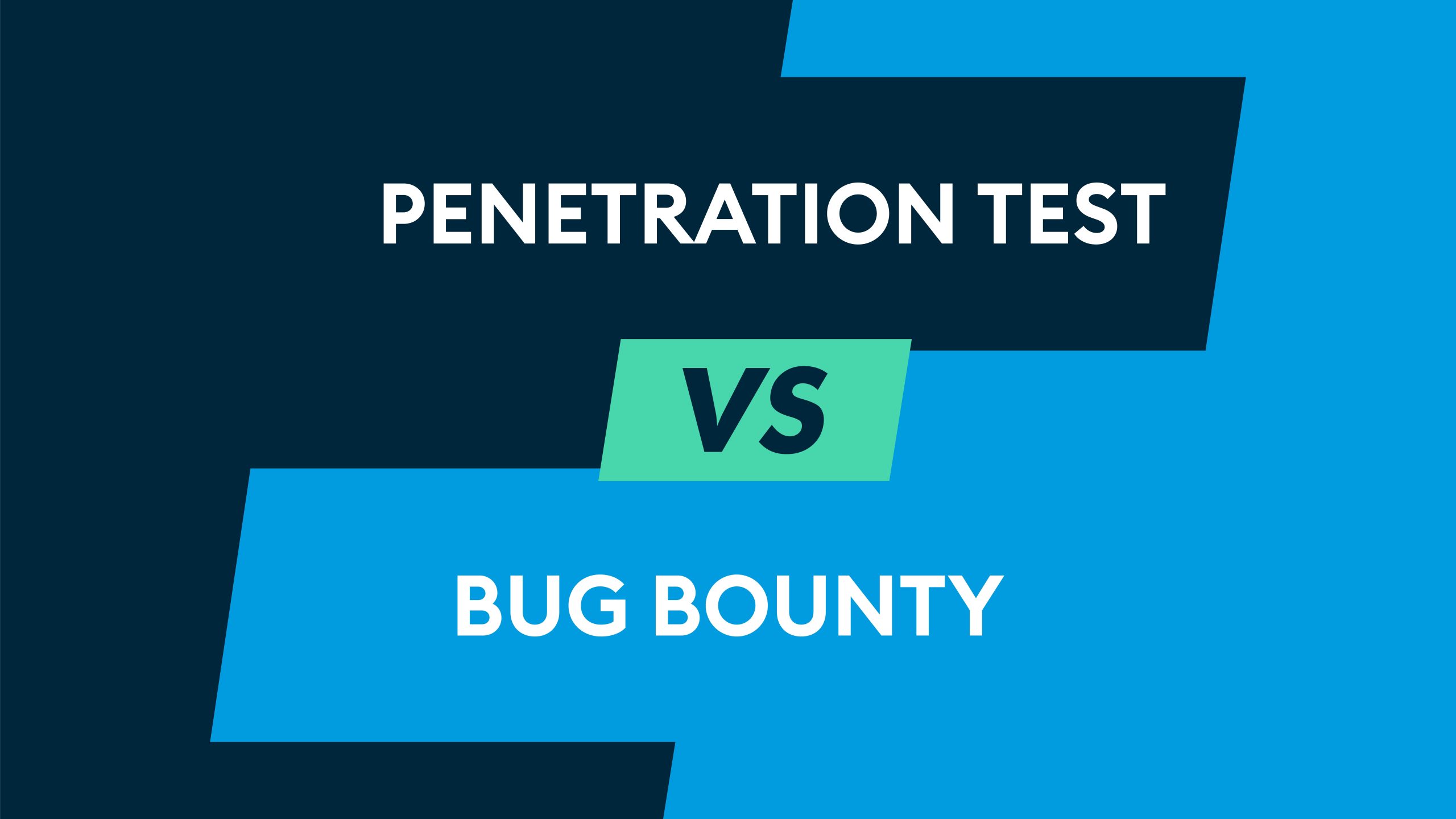
Pentesting vs. Bug Bounty Hunting: What’s the Real Difference?
On the surface, pentesting and bug bounty hunting might seem like they do the same thing—find vulnerabilities. But in practice, they’re quite different, especially when it comes to scope, mindset, and what actually counts as a “valid” finding.
🔍 1. Scope: Looking Wide vs. Aiming Deep
Pentesters are paid to look at everything. The goal is full coverage—web apps, APIs, mobile apps, even infrastructure. In contrast, bug bounty hunters often have limited scope and focus on impactful bugs only.
Real-World Example: A pentester finds an outdated WordPress plugin on a staging subdomain. It’s not exploitable but still reported. A bug bounty hunter would need to show it leads to something real like Remote Code Execution (RCE).
🚨 2. Impact: Theory vs. Exploitation
Pentesters can report theoretical risks. Bug bounty hunters must show impact.
Example: A weak password policy is noted by a pentester. A bug hunter has to crack an account or show exploitation to make it count.
🧠 3. Mindset: Generalist vs. Specialist
Pentesters are generalists—they report even low-hanging fruit. Bug hunters often specialize in XSS, SSRF, or IDOR, and go deep.
Example: Missing Content-Security-Policy header? Pentester flags it. Bug hunter asks: Can I use this to perform XSS?
🧪 4. Testing Environment: Controlled vs. Competitive
Pentesting is done in a controlled environment with test credentials. Bug bounty is often on live systems with limited access and competition.
Example: A pentester gets test credentials to test auth flaws. A bug hunter has to register or guess roles without crossing ethical lines.
🧾 5. Common Findings: Valid in Pentests, Ignored in Bounties
| Finding | Pentest | Bug Bounty |
|---|---|---|
| Weak Password Policy | Reported as a risk | Ignored unless account is hacked |
| No Account Lockout | Reported | Needs actual brute-force example |
| User Enumeration | Valid finding | Must lead to compromise |
| Missing HTTPOnly Flag | Reported as misconfiguration | Needs XSS to prove impact |
| Outdated Libraries | Listed with CVEs | Must demonstrate exploitability |
| Weak SSL Ciphers | Included in report | Ignored unless it enables real attack |
🌐 Real-World Tools in Action
Example 1: securityheaders.com scan: khitminnyo.us gets a "C" grade. Pentester reports it. Bug hunter ignores unless it causes an actual vulnerability.
Example 2: SSL Labs test shows weak ciphers. Pentester reports it. Bug hunter ignores unless it can be exploited.
🎯 Bottom Line
- Pentesting = Audit Everything. Report even small issues.
- Bug Bounty = Impact Only. No exploit, no report.
🧢 Which Hat Are You Wearing?
Whether you're a pentester or a bug bounty hunter, your mindset must match the goal:
- Pentester: “Is this vulnerable in any way?”
- Bug Hunter: “Can I exploit this and prove harm?”
Understanding the difference helps you work smarter and get better results—no matter which side you're on.

0 Comments